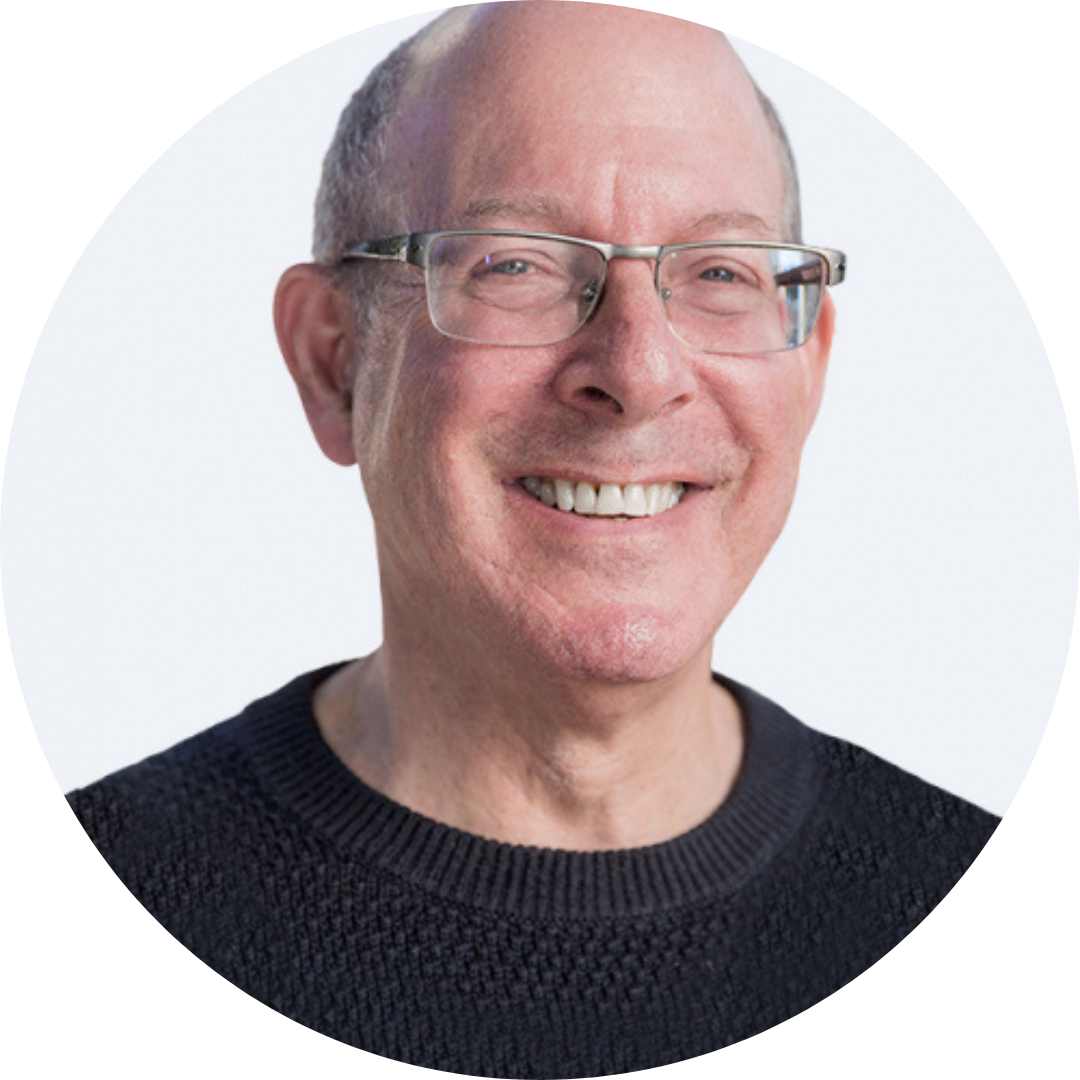New Harvard Chan School course: Practical communication strategies and tactics for influencing a healthier world

This fall, the Center for Health Communication at Harvard Chan School is launching a new 2.5-credit course called SBS 285 | Practical Communication Strategies and Tactics for Influencing a Healthier World. It will be taught by Andy Burness, founder and CEO of Burness, a mission-driven global communications firm. We caught up with Burness to find out more.
Tell me about your journey to the field of health communication.
I had a long-standing interest in journalism, and spent too much of my time in college as sports editor of the Duke University newspaper. Then, after graduation, I got an opportunity I hadn’t even considered, landing a job as a Legislative Assistant, supporting a Member of Congress’ work with the House Subcommittee on Health and the Environment.
When the President’s Commission on Medical Ethics needed an information officer, I found my marriage of journalism and health. Three years as Communications Officer at the Robert Wood Johnson Foundation confirmed for me that this field, as much or more than any other, could bring the best ideas for health and social justice to scale and influence public policy. To my delight, my career has turned out to be every bit as rewarding—even exciting—as I had anticipated!
What inspired you to develop this class?
Public health leaders must have communications skills to lead effectively. The systemic challenges that public health seeks to address–whether it’s addiction or sanitation or vaccination or the social determinants of health require being able to communicate and persuade the audiences you want on your side. Of course, following COVID, “public health” doesn’t have the full-throated trust it has had in the past, and gaining the trust required to enact policies and behavior change is especially challenging in politically polarized times. So, I hope this course will both sensitize students to the centrality of communications as a critical component of policy-making and teach specific strategic and tactical skills required to be an effective communicator and an effective leader.
Who should consider taking your course?
Anyone who envisions a future as a leader in any setting that requires institutional change. This course will be very useful for you if you foresee a career in local, state or federal government; an advocacy group; a non-profit service organization; a nonprofit collaborative; a foundation; a think tank; or a research institution in which you eventually end up in a leadership role. The skills you will learn as a change-maker in this class will serve you well in any of these settings–whether you become the front-line communicator or work with these people and need to understand how they think and what they do.
I noticed the title of your course includes the word “practical.” What knowledge and skills will I take away from this class?
Yes! This may be the most practical course you take at the Harvard Chan School. The course is built around a strategic theory of change and pivots quickly to the skills required to make that change actually happen. So, there is comparatively little theory in this course, and instead, plenty of practice developing the specific skills required to implement the change you seek. We will start with you identifying a specific policy change that would be meaningful for you, about which you are passionate. Over the course of eight weeks, you will have tried your hand at executing several tactics to advance that policy reform, such as a formal message deck and a near-publishable op-ed/commentary for a general audience. Along the way, you’ll learn from lectures, readings and class discussion about earning media attention, forging common ground with would-be “opponents,” combatting misinformation, simplifying information while retaining accuracy, storytelling, and proven strategies for effective advocacy. All of this knowledge will inform the strategic communications plan for your project that will be developed over the course of our time together.
Sounds great. What sort of time commitment can I expect?
I would estimate about 4-6 hours of preparation for each class, including whatever assignments you may have for that week. This assumes that students will be fully engaged, because we are covering A LOT of content in only eight weeks. So, for students to have a positive and productive eight weeks, they will absolutely have to engage with the readings, attend each and every class, participate actively in each class, and apply themselves in the assignments. Students who come to the class thinking “this would be nice to learn, but it isn’t as important as the other courses I’m taking” will be disappointed and potentially frustrated with my expectations.
As for the class itself, I aspire to a lot of learning and a lot of enjoyment at the same time in a very welcoming, supportive environment. For one, the readings will be different from others you have experienced to date–virtually all interesting and thought-provoking general interest articles or videos related to communications related to practical public health challenges. There will be a mix of lecture, very selected guest speakers who have successfully modeled what you are learning, small group discussions for reflection, scenarios, individual exercises, feedback to peers, and full class discussions on the readings.
Be the first to know about new communication courses and workshops from the Center for Health Communication. Subscribe to our monthly newsletter now.



